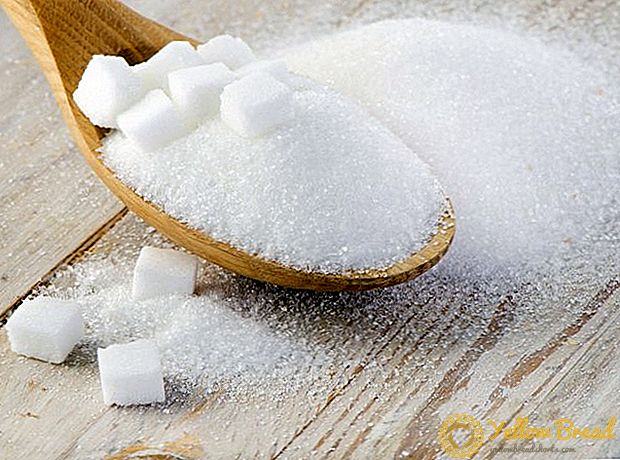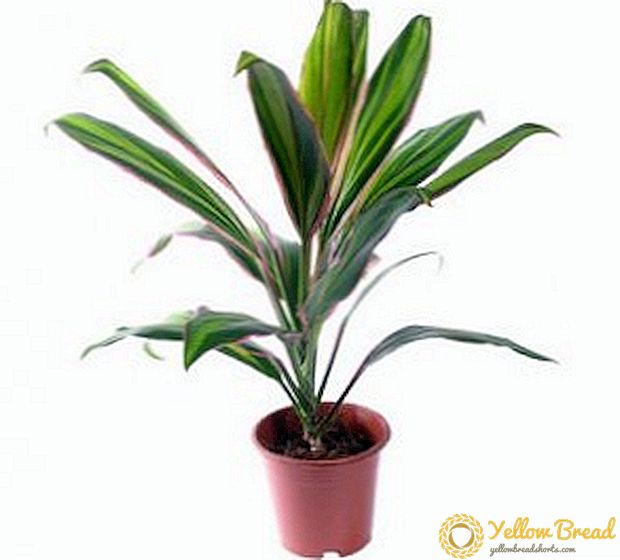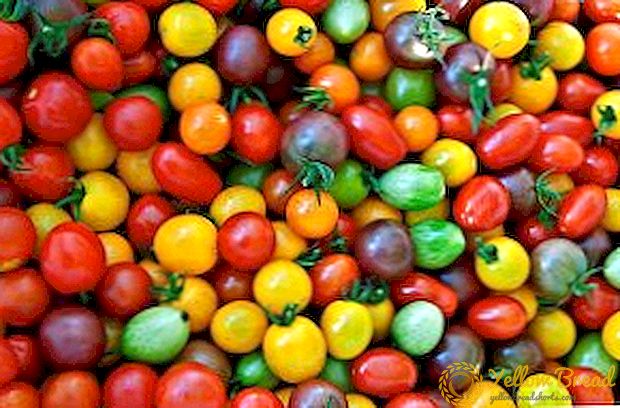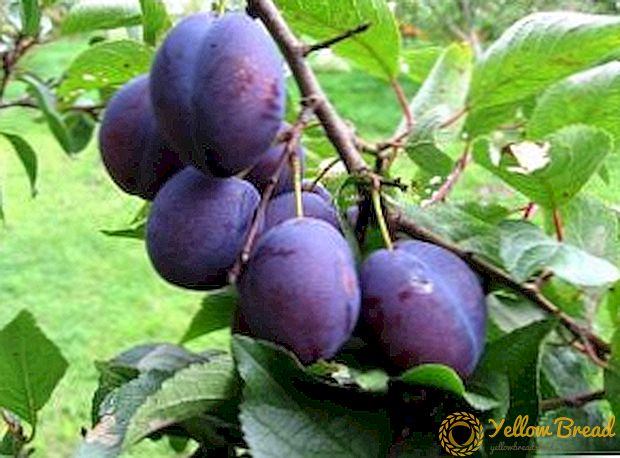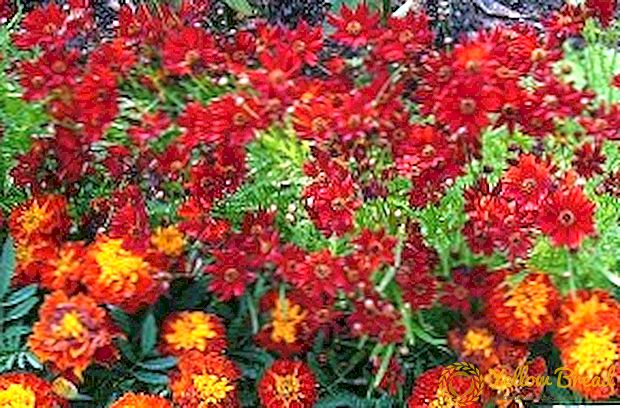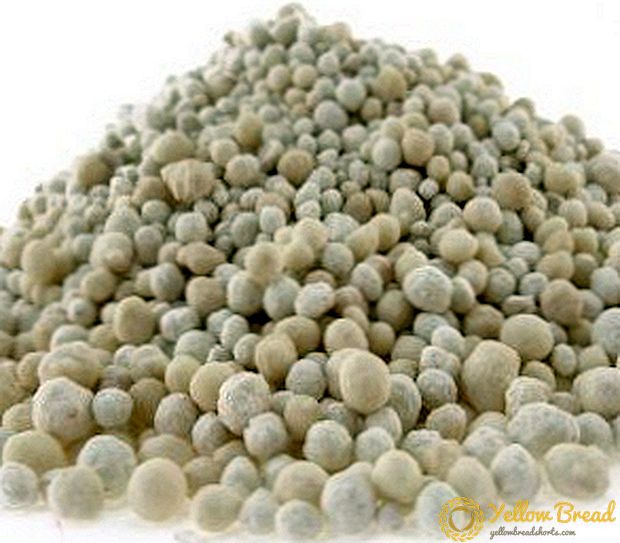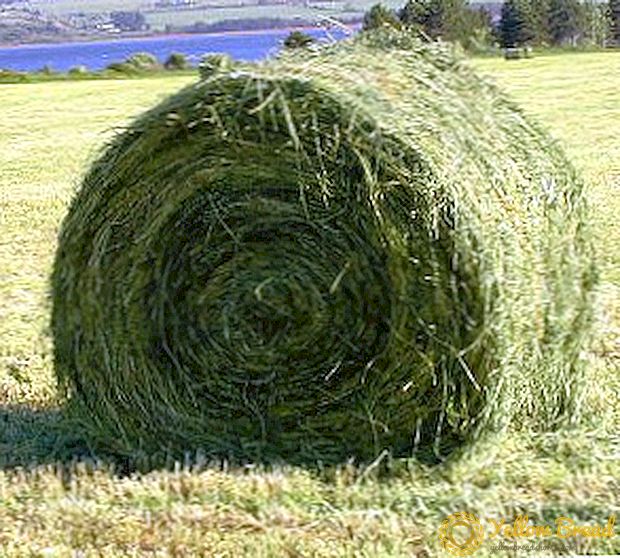 Haylage is an opportunity to feed animals with high-quality food at any time of the year and regardless of the weather.
Haylage is an opportunity to feed animals with high-quality food at any time of the year and regardless of the weather.
Its use exceeds the benefits of conventional hay, which means it makes sense to think about its harvesting.
- What is it?
- How to cook haylage?
- Best herbs
- Preform
- Storage rules
- Notch
- Senazh: GOST requirements
What is it?
To have a general idea of this feed, you need to know what it is. Haylage is a special pet food that is made from herbs brought to about 50% moisture. Haylage is preserved due to anaerobic storage conditions and physiological dryness of the mass. When the feed reaches 45-50% moisture, various microorganisms stop developing in it. For mold, this moisture is acceptable, but it does not survive anaerobic conditions.
The nutritional value of haylage is quite high (about 0.40 feed units and from 30 to 70 g of protein that is digested in 1 kilogram).
How to cook haylage?
To prepare high-quality food, you need to know which herbs to choose for this, as well as familiarize yourself with the technology of harvesting haylage.
Best herbs
Experts recommend using herbs such as alfalfa, clover, as well as a variety of cereal-bean mixtures. This is due to the fact that they are not intended for silage and of them are not recommended to make hay.
Preform
To make the food quality, you need to mow the legumes, while there is budding, and cereals - when there is a phase in the tube.
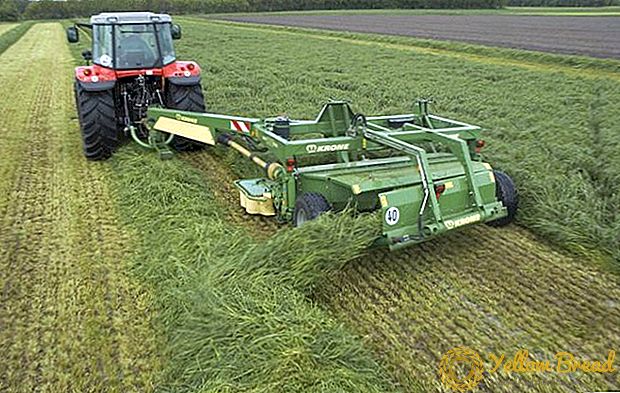 The above actions are needed to accelerate wilting grass and preserve its beneficial properties.
The above actions are needed to accelerate wilting grass and preserve its beneficial properties.Recently, harvesting of haylage in rolls has become quite popular. Thanks to this method, the feed is of high quality with saving a large number of useful elements. Weather also in no way interferes with the preparation of food in this way.
So, mowed grass is recommended to agitate twice a day. This is done with the help of special rake-tedders. As soon as the mass reaches a moisture content of 50%, it is raked into rolls for the purpose of subsequent pressing. It is important that the rolls were of the same density and not more than 1.4 meters wide. 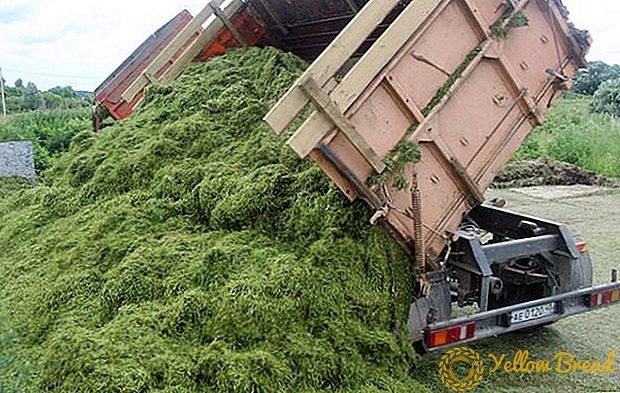 Rolls need to be formed no later than two days after mowing. They are pressed into rolls with the help of special balers equipped with a grinding device. The mass of the finished roll is about 700-800 kg.
Rolls need to be formed no later than two days after mowing. They are pressed into rolls with the help of special balers equipped with a grinding device. The mass of the finished roll is about 700-800 kg.
To prepare haylage at home, it is necessary to mow the grass in the above manner. After the future feed has been mowed, it should be left to lie in the swaths for a while, and then be harvested. So the plants should lie down until their humidity reaches 50%.After that, the grass must be collected, chopped and put in storage.
Storage rules
Grass, pressed in rolls, must be immediately put in a vertical position, because grass fermentation occurs rather quickly. To store the rolls, use a special loader with the capture of the roll. 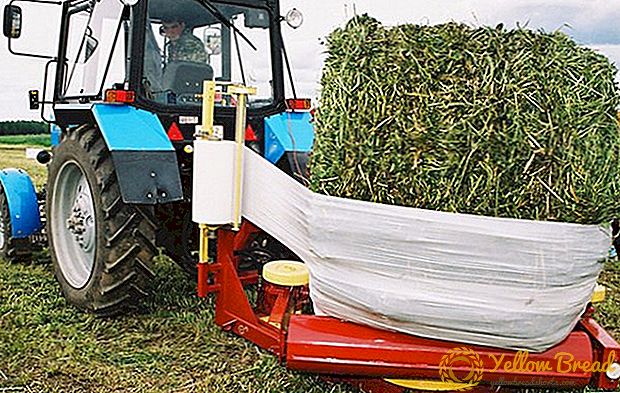 It is necessary to ensure that the film is not damaged. Store rolls preferably under a canopy. Allowed to lay the rolls in two rows on each other, if space is not enough.
It is necessary to ensure that the film is not damaged. Store rolls preferably under a canopy. Allowed to lay the rolls in two rows on each other, if space is not enough.
For storage of home-made haylage, it is necessary to use storages into which air enters. Thus, they make a storage space similar to a tower (aluminum, brick, steel, concrete or plastic can be used as materials). 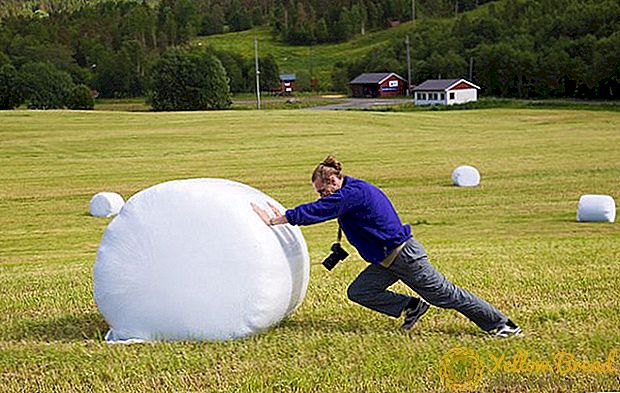 When loading feed into the tower, remember that it is necessary to load more than five meters of haylage a day. Full load should not be longer than four days.
When loading feed into the tower, remember that it is necessary to load more than five meters of haylage a day. Full load should not be longer than four days.
Notch
It is important to properly remove the grass in order to prevent deterioration. So, it is recommended to remove the haylage from the towers using a special unloader with one or two augers.
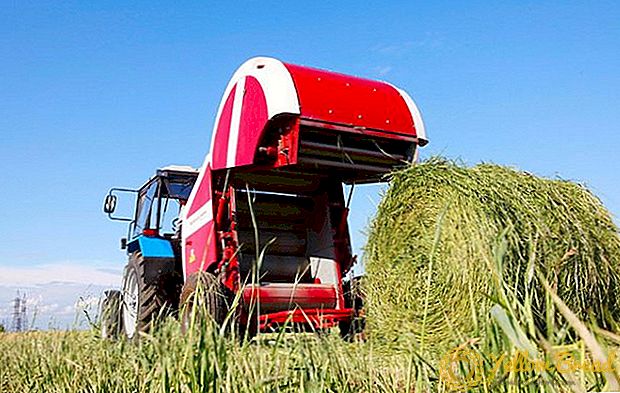 In such an environment, food quickly loses its useful properties. Therefore it is necessary to try to spend the feed as quickly as possible.
In such an environment, food quickly loses its useful properties. Therefore it is necessary to try to spend the feed as quickly as possible.The haylage must be fed to animals for one day, because later it loses its beneficial properties. Also, be sure to take small portions of haylage every day, otherwise, after a few days, it will begin to deteriorate at the cut.
Senazh: GOST requirements
Properly made haylage should be green or yellow, with a pleasant smell of fruit, dry and free-flowing in consistency.Feed moisture should range from 45 to 55%, and pH - 4.5-5.5. 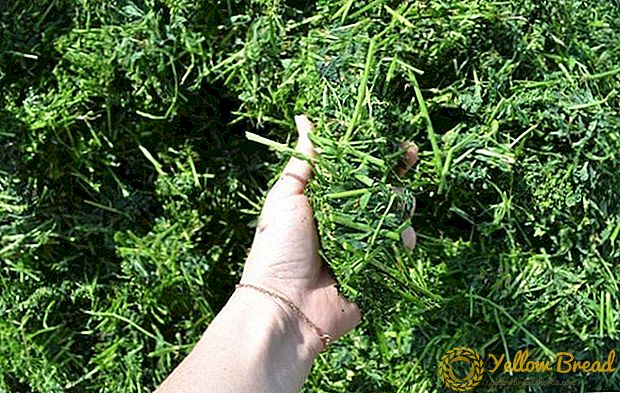 If the food was improperly harvested, it acquires a light brown shade and an unpleasant odor. Leaves dirty spots on hands.
If the food was improperly harvested, it acquires a light brown shade and an unpleasant odor. Leaves dirty spots on hands.
Haylage of the first class should not contain butyric acid, and in the hardening of the second and third classes it can be from 0.1 to 0.2% of this substance.
By preparing grass for animals, you can get high-quality and healthy food. This feed will be available at any time of the year and is not dependent on weather conditions. The main thing is to know what is haylage, and master the technology of its preparation.

